Long before satellites and meteorologists, animals relied on their instincts and heightened senses to anticipate changes in the weather.
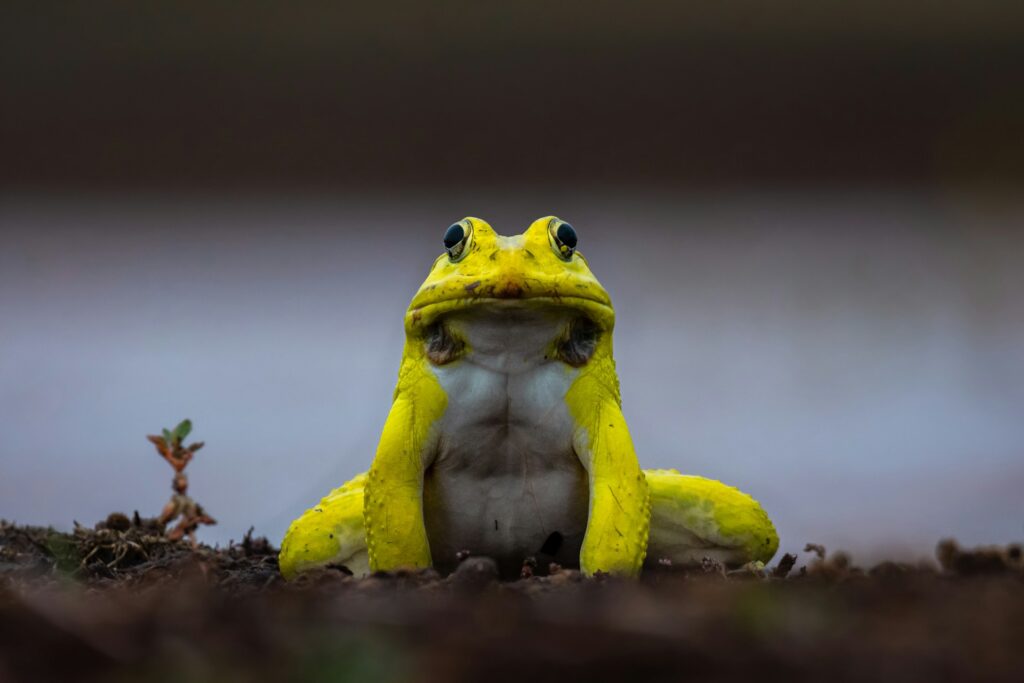
Even today, many creatures can detect approaching storms, temperature shifts, and seasonal changes long before humans notice. Whether through changes in behaviour, sensitivity to pressure shifts, or biological adaptations, these animals often outdo modern forecasting methods.
Birds sense pressure changes before storms arrive.

Birds are among the most reliable weather predictors, as they can detect shifts in atmospheric pressure. Before a storm, they tend to fly lower, seek shelter, or change their migration patterns. Some species even delay long flights when they sense bad weather approaching. Seagulls and other coastal birds often move inland before a storm, while swallows fly unusually low to the ground when rain is coming. Farmers have long observed these behaviours to predict approaching storms.
Frogs call louder when rain is on the way.

Frogs are known for their distinctive croaks, but their calls become much louder and more frequent before rainfall. The increased moisture in the air creates the perfect breeding conditions for many frog species, triggering a chorus of croaking. Because amphibians are highly sensitive to humidity and barometric pressure changes, their vocal activity serves as a natural weather alarm. In many cultures, a sudden increase in frog calls is seen as a reliable sign of incoming rain.
Cows lie down before it rains.

One of the oldest weather-related animal myths is that cows lie down before rain arrives. While it may seem like folklore, there is some truth behind this behaviour. Cows are sensitive to changes in atmospheric pressure and humidity, which can make them seek rest in a comfortable position before a storm. Additionally, wet ground can make it harder for cows to lie down and get back up. By resting early, they may be preparing for upcoming wet and uncomfortable conditions.
Ants reinforce their nests ahead of storms.
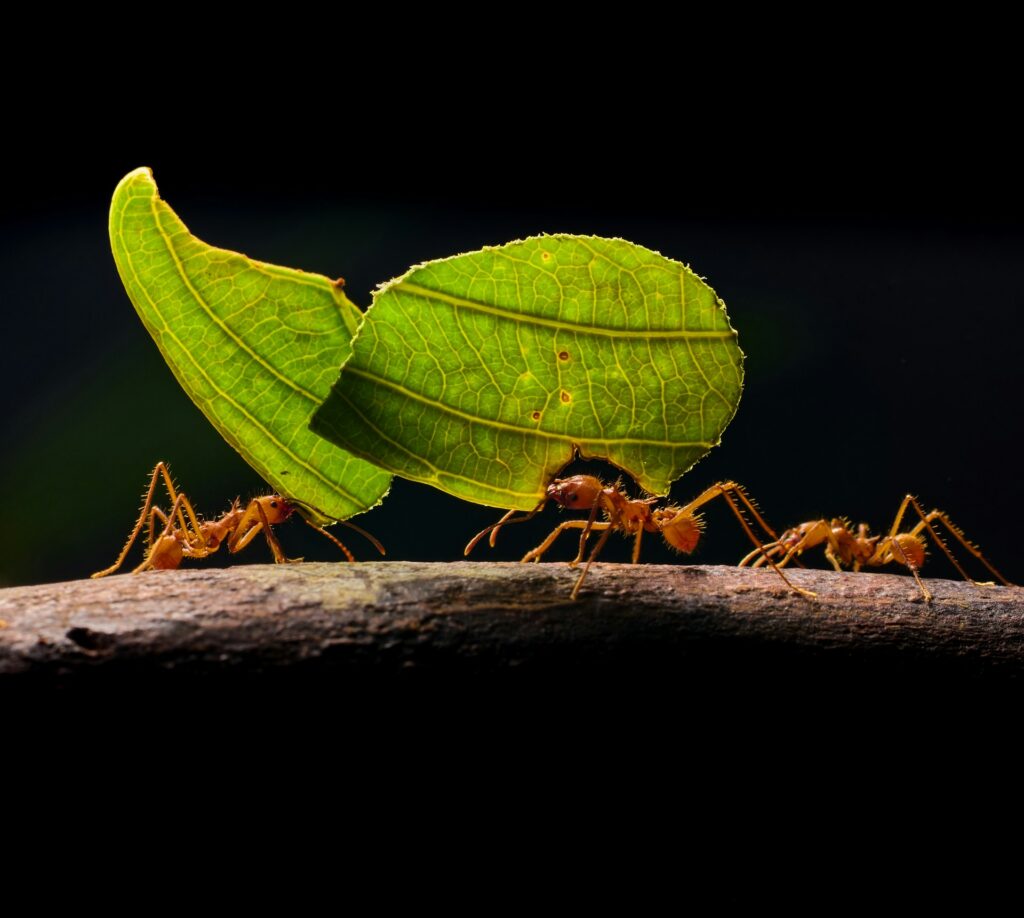
Ants are highly attuned to changes in air pressure, which helps them detect incoming storms. Before heavy rain, many species reinforce their nests, build up protective barriers, or relocate to higher ground. Some even close off entrances to prevent flooding. If you notice ant hills becoming more pronounced or ants busily working on their tunnels before a storm, it’s likely that they’re preparing for a change in the weather. Their ability to detect subtle shifts in the environment makes them surprisingly accurate forecasters.
Cats and dogs react to approaching storms.

Many pet owners have noticed their cats and dogs acting strangely before storms. Dogs may become restless, whine, or seek shelter, while cats may hide or behave unusually. These reactions are due to their acute hearing and sensitivity to changes in barometric pressure and static electricity in the air. Some dogs can even sense distant thunder long before humans can hear it. Many pet owners rely on their animals’ behaviour as an early warning system for approaching storms.
Bees disappear before bad weather.

Bees are excellent natural weather forecasters. Before storms or heavy rain, they return to their hives early and stay inside until conditions improve. This behaviour is due to their ability to sense humidity, temperature changes, and shifts in air pressure. A sudden lack of bees in a garden or around flowers can often signal that poor weather is on the way. Beekeepers have long observed that their colonies become less active before rain or storms.
Sharks move to deeper water before hurricanes.

Sharks have an incredible ability to detect changes in water pressure, which allows them to sense approaching storms and hurricanes long before they arrive. Before severe weather, sharks often leave shallow waters and head into deeper parts of the ocean, where conditions are more stable. Scientists have studied this behaviour by tagging sharks and tracking their movements before hurricanes. Their ability to detect pressure changes makes them one of the ocean’s most reliable weather predictors.
Spiders build stronger webs ahead of storms.
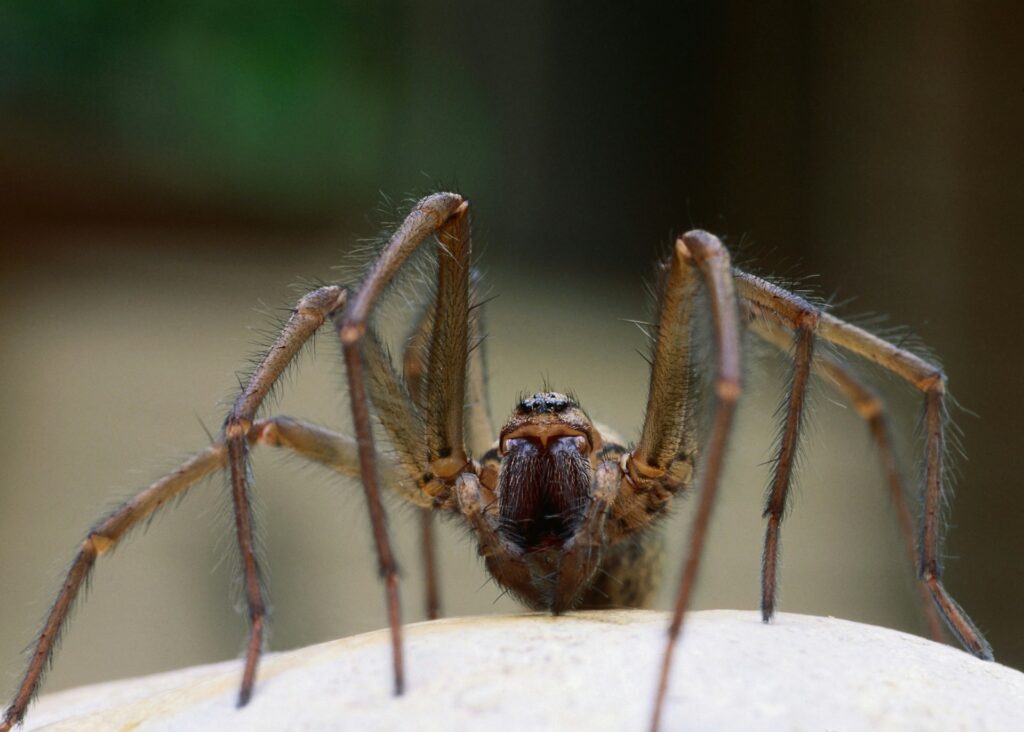
Spiders are highly sensitive to changes in humidity and air pressure. Before rain or storms, many species reinforce their webs with extra silk to prevent them from being destroyed by strong winds and moisture. If you see a spider working extra hard on its web or making it denser than usual, it could be a sign that wet weather is approaching. Spiders’ ability to prepare for storms has been observed by farmers and nature watchers for centuries.
Elephants detect distant storms.

Elephants have an incredible sense of hearing and can detect low-frequency sounds, including the rumbling of distant thunderstorms. In the wild, they sometimes start moving toward water sources long before rain arrives, as they sense the changing air pressure and distant thunderclaps. In some regions, elephants have even been observed migrating toward areas where storms will eventually bring fresh water, demonstrating their ability to anticipate weather changes with astonishing accuracy.
Crickets chirp at different speeds depending on temperature.

Crickets are natural thermometers, as the speed of their chirping is directly linked to the temperature. In warmer weather, they chirp faster, while cooler temperatures slow their calls. This relationship is so precise that it can be used to estimate the temperature in degrees Fahrenheit using a simple formula. Their chirping also tends to decrease before storms or cold fronts, making them a natural indicator of changing weather conditions.
Groundhogs and marmots sense seasonal shifts.
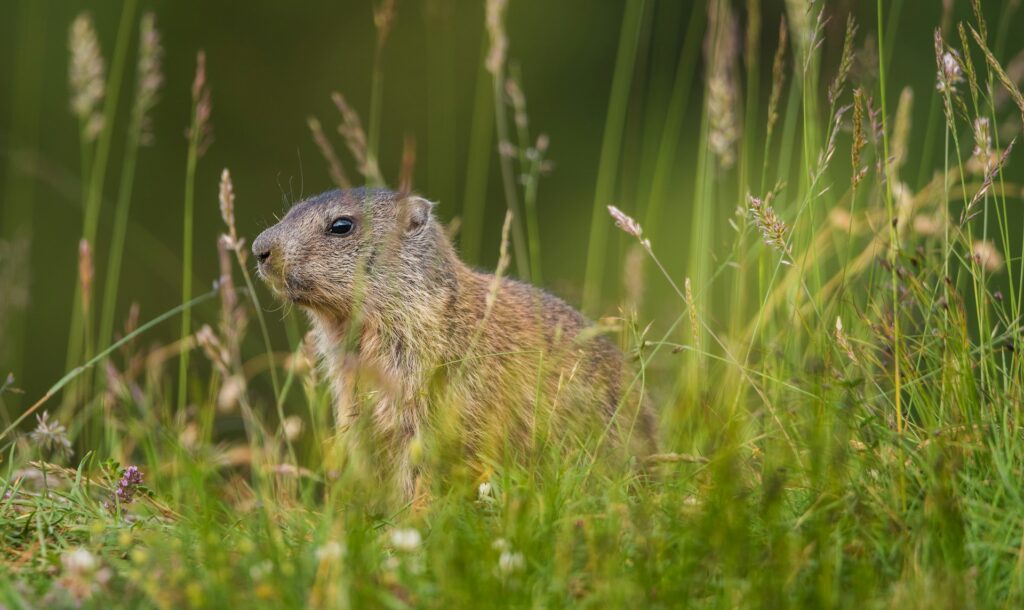
While the idea of groundhogs predicting the length of winter may be more folklore than science, many animals in the rodent family, including marmots and prairie dogs, are highly sensitive to seasonal changes. Their hibernation and food-gathering patterns are often timed perfectly with upcoming temperature shifts. Observing when these animals emerge from their burrows or start preparing for winter can provide insight into seasonal weather trends. Their instincts have evolved to match the natural cycles of the environment, making them surprisingly accurate in predicting long-term weather patterns.
Fireflies become more active before rain.

Fireflies, also known as lightning bugs, often become more active and flash more frequently before rain. This behaviour is linked to the increased humidity that precedes storms, which makes the air more suitable for their bioluminescent displays. If you see an unusual number of fireflies lighting up the night sky, it could be a sign that wet weather is on the way. Their sensitivity to moisture helps them time their mating displays to the most favourable conditions.
Nature’s built-in weather forecasters are all around us.
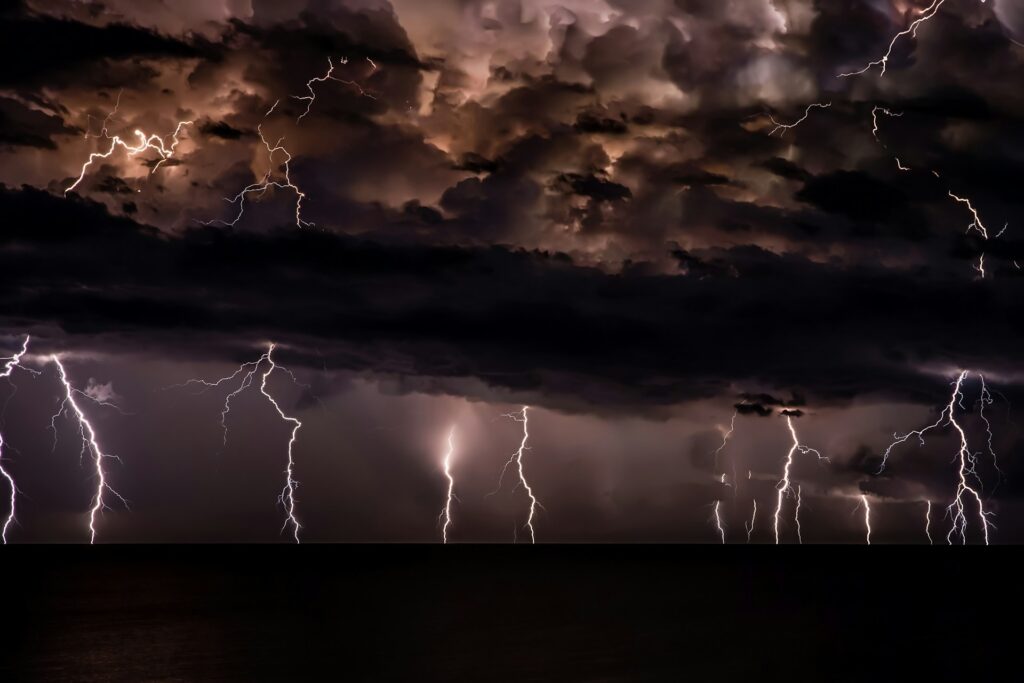
Animals have developed incredible ways to detect changes in the environment, often providing clues about the weather before humans notice any signs. Whether it’s birds flying lower, dogs acting restless, or bees disappearing, these natural behaviours remind us of the deep connection between wildlife and the changing world around them. Paying attention to these animal instincts can give us valuable insight into what’s coming, proving that nature’s forecasting skills are still unmatched.